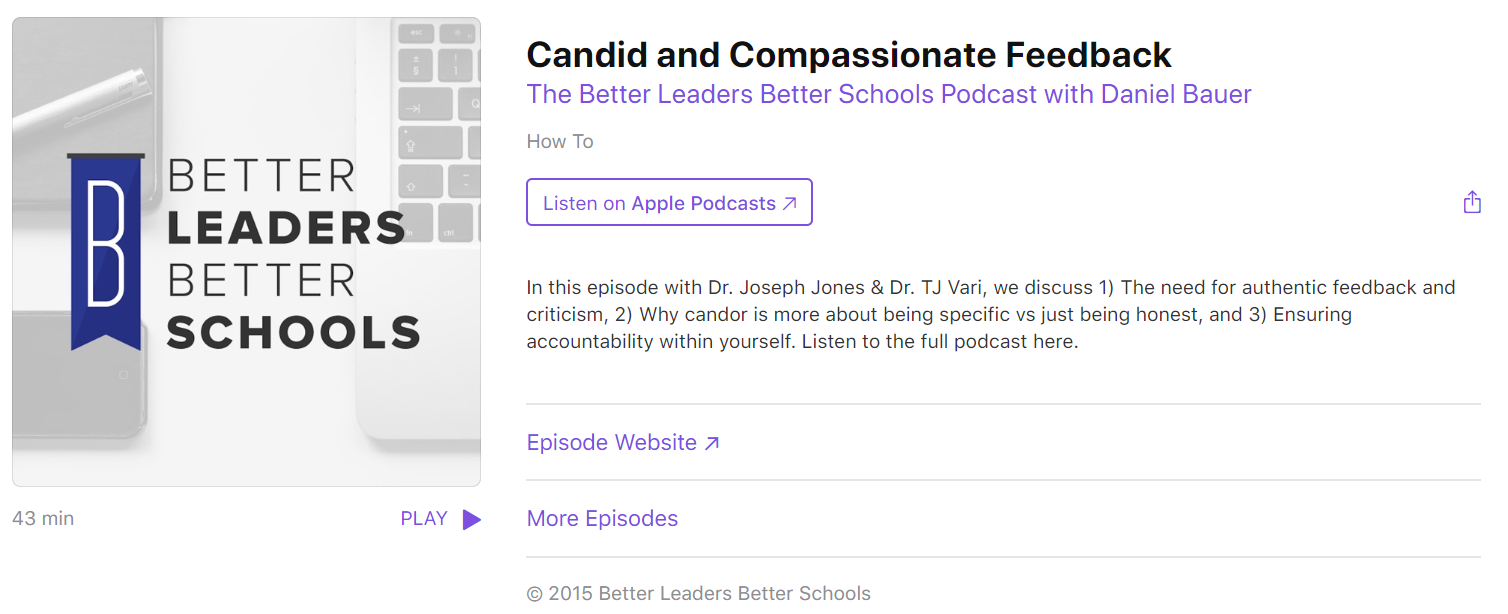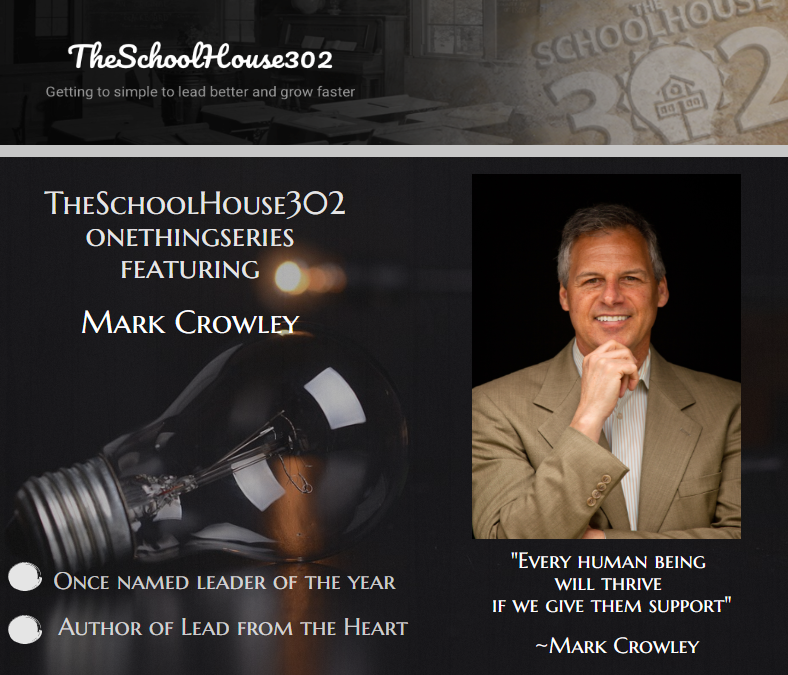
Throughout the month of September, we’ve been writing on the topic of disengagement in the workforce. Our Employee Engagement Model identifies the 3 surefire ways that a leader can quickly create disengagement among employees. Fortunately, we also offer the perfect antidote for each of the three problems. This week we are focused on one of the most common missteps that leaders can make, which is to micromanage the people they supervise. This behavior is never effective in the long run, even if it is a calculated decision due to someone’s poor performance. And, although communication and outcomes can suffer when someone isn’t meeting the mark at work, we find micromanagement to be far more of a weakness on the part of the leader than due to any employee circumstances that may arise.
The leader may fear what might happen in any given situation if she is not heavily involved or may simply underestimate an employee’s capabilities. Regardless of the reason, it is a detrimental practice that limits an employee’s growth, slows down operations, and creates distrust. Ultimately, micromanagement will disengage the team.
Take 3 minutes to challenge yourself at work.
Challenge Yourself: Let’s Get RAW
Reflect–Review a recent conversation that you had with someone you lead who was in charge of a project or situation. How did the conversation go? Did you dominate the conversation or did you share the space? Did you empower the employee or did you provide too much oversight?
Act–Create a series of questions to use during your next meeting to create discussion and elicit thinking. Questions like, “Are there other viewpoints to consider in this situation?” or, “How would you go about solving this problem?” can be very informative because they open the door to new perspectives.
Write–For one week, identify each time that you micromanage a person or scenario and consider why you are reacting that way. Write down the situation and your reasoning. This activity will help uncover patterns in your own behavior so that you can change in the future.
|
Day of the Week
|
Micromanagement Situation
|
Why
|
| Monday |
|
|
| Tuesday |
|
|
| Wednesday |
|
|
| Thursday |
|
|
| Friday |
|
|
Stay tuned for more challenges, reflection questions, leadership models, podcasts, and more by following dereka206.sg-host.com. It’s our job to curate, synthesize, and communicate so that you can lead better and grow faster. In a world plagued by nothing but noise, we help you by getting to simple.
Joe & T.J.







 7 Mindshifts for School Leaders: Finding New Ways to Think About Old Problems.
7 Mindshifts for School Leaders: Finding New Ways to Think About Old Problems. 


